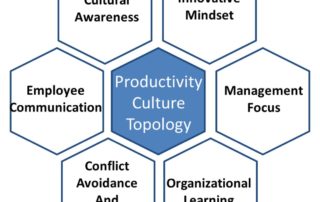6 Steps to maximize IT asset reuse
This post was first published in my “Driving IT Productivity” column on CIO.com and has been updated from its original form. Asset reuse is the repurposing of intellectual property, software, physical devices, business processes, and other similar company assets. From my perspective, this is one of the most powerful ways to maximize productivity. I say this because it helps you get more value out of the items you already own. In effect, you’re getting additional value for free. Economically, there is a major financial incentive to reuse your created, purchased, and acquired assets. As an example, let’s assume that the purchase of a new software costing $50,000 was justified based on its ability to save the company $60,000 (For the finance people reading this, yes, I’m totally ignoring the time value of money to make the example as simple as possible.) over a machine’s expected life of three years. Therefore, its return on investment is 20% = ((60,000 – 50,000) / 50,000). If the software can be used for a second purpose at no additional cost that saves an additional $5,000 during its three year expected life, then its total return on investment becomes 30% = ((65,000 – 50,000) / 50,000). This 10% increase in ROI came with no additional cash outlay and relatively no risk or additional effort. It only required inventiveness of the IT group. My favorite two examples of this concept are Source Code Control (SCC) software and Project Management (PM) software. SCC software is designed to store, manage [...]










